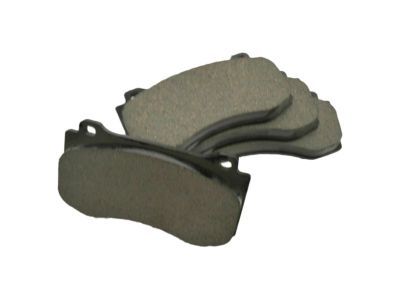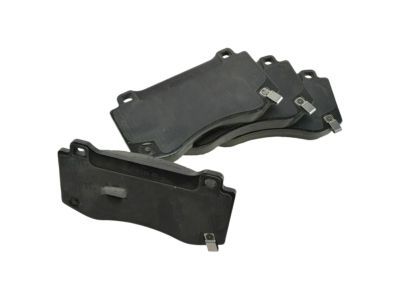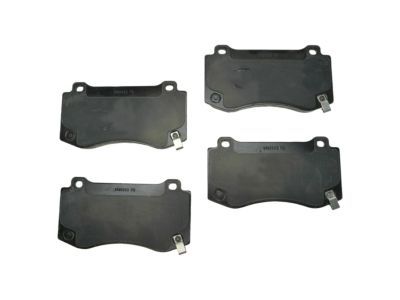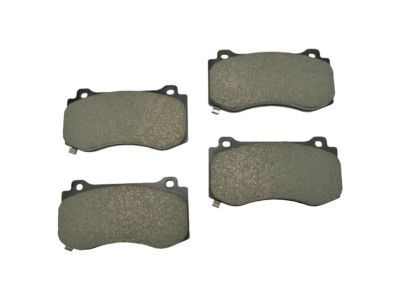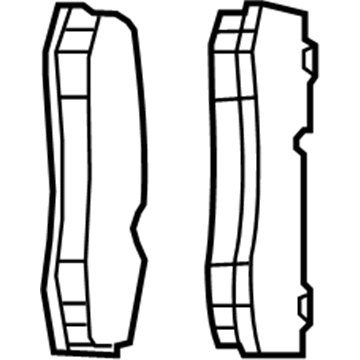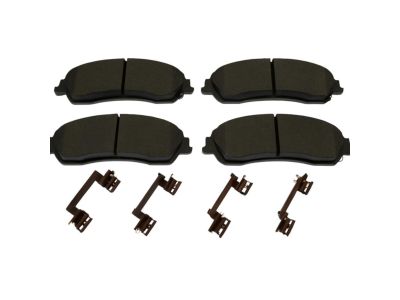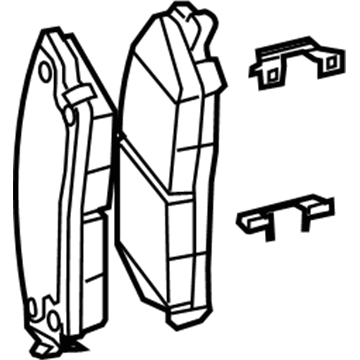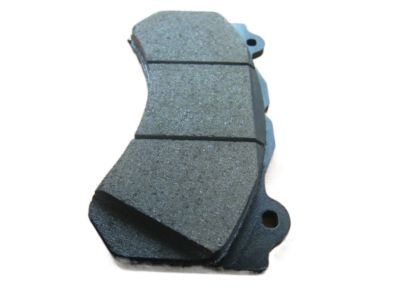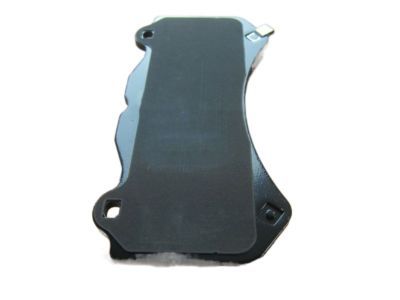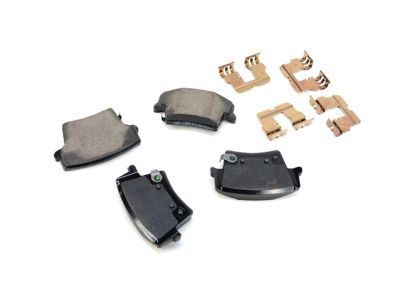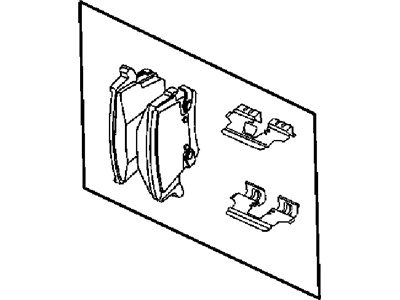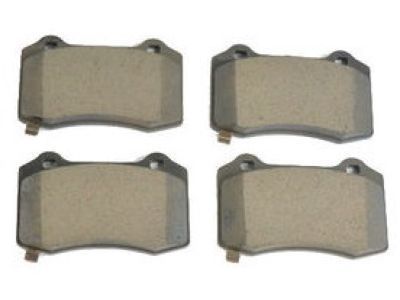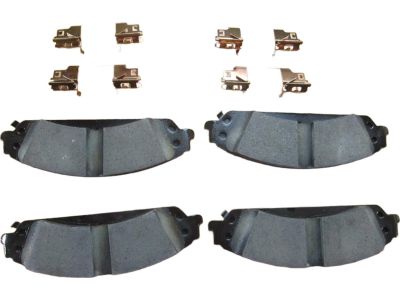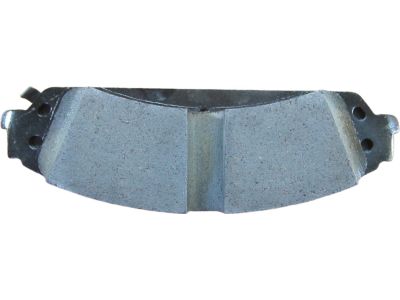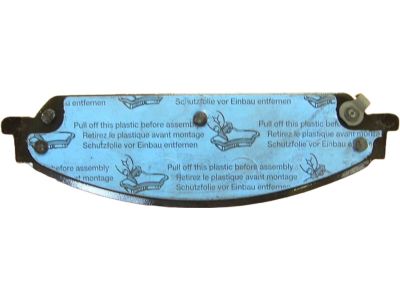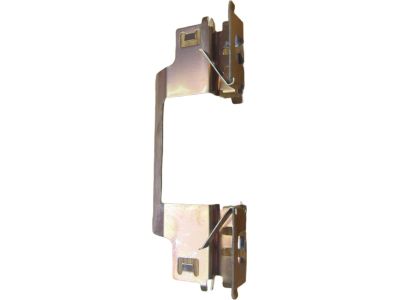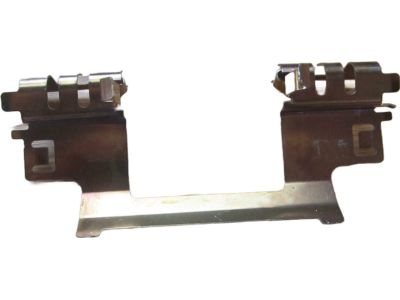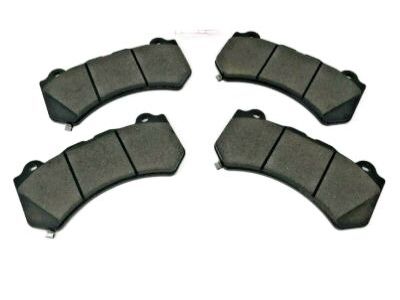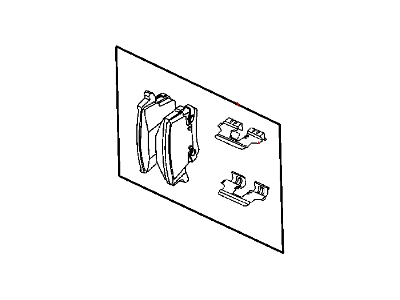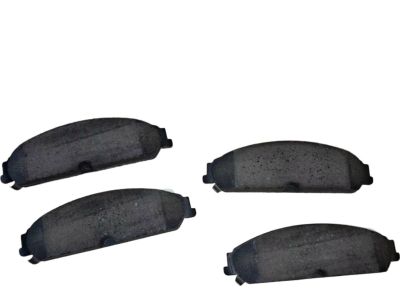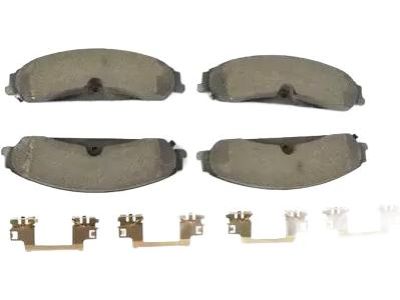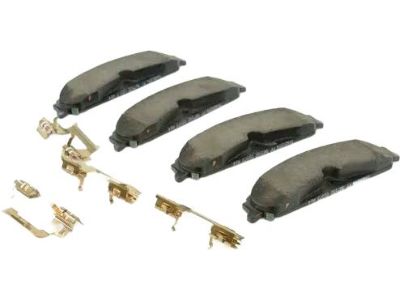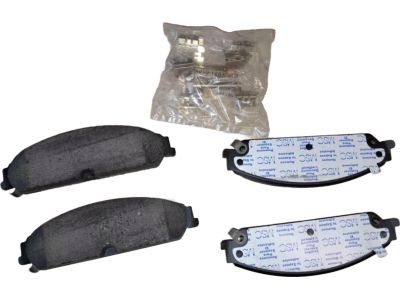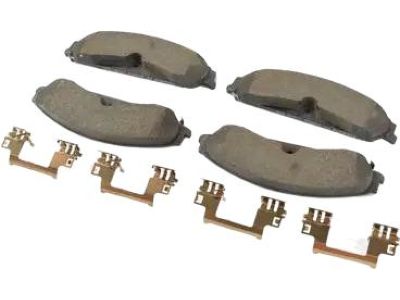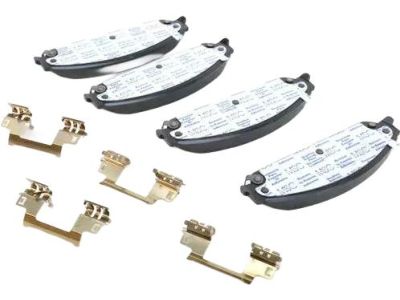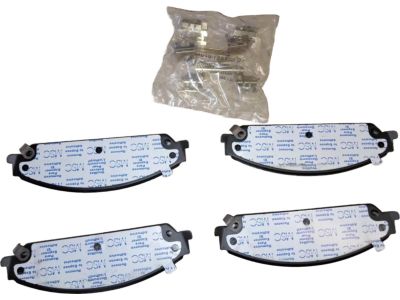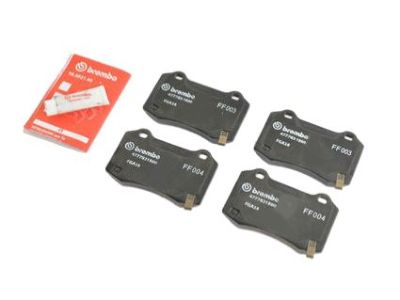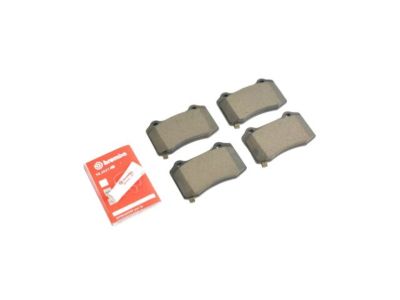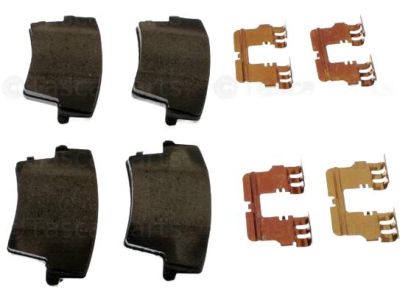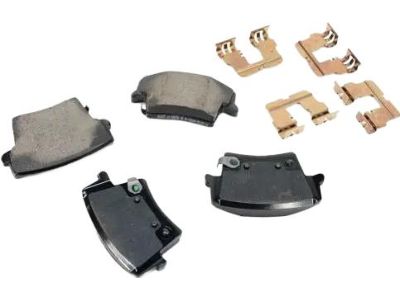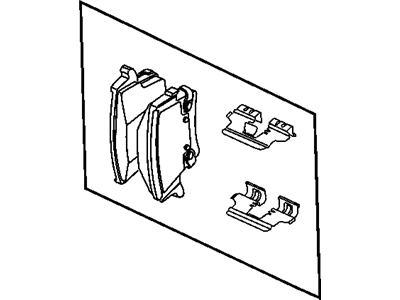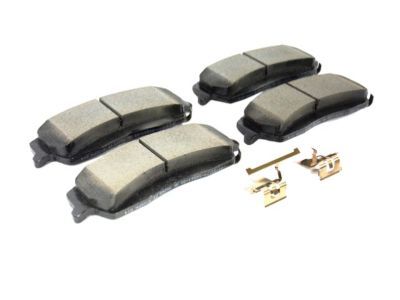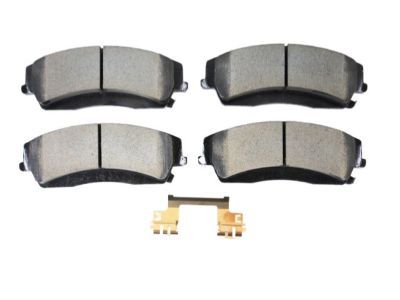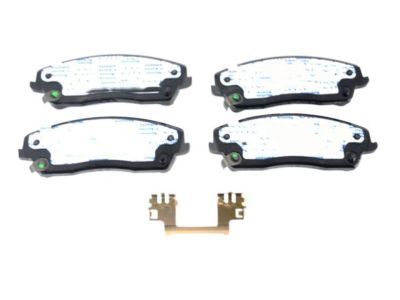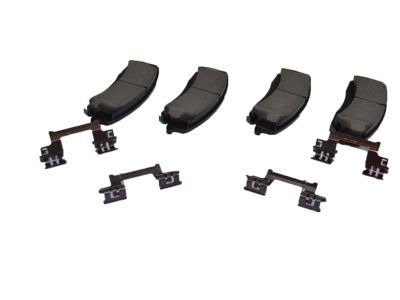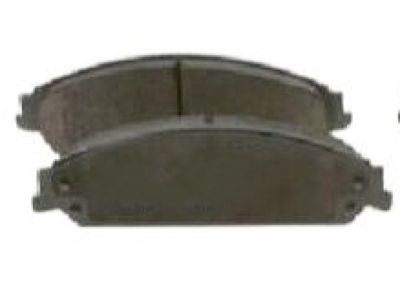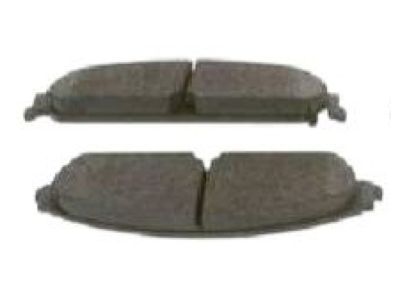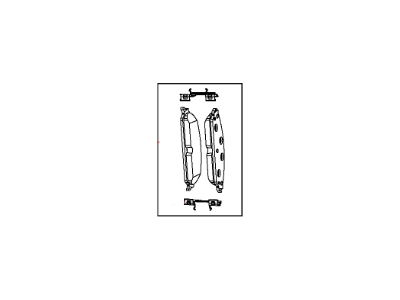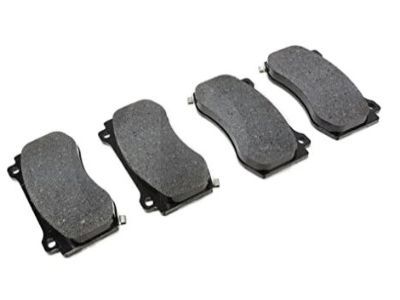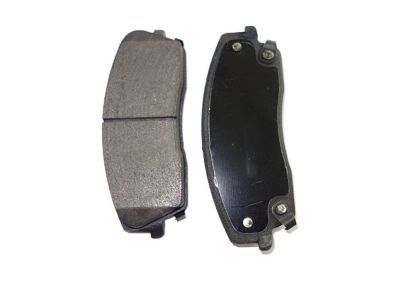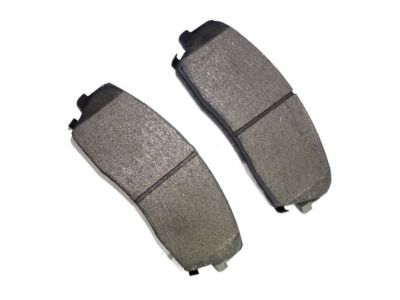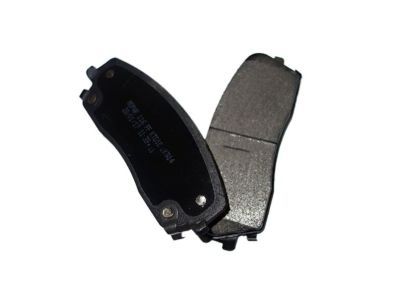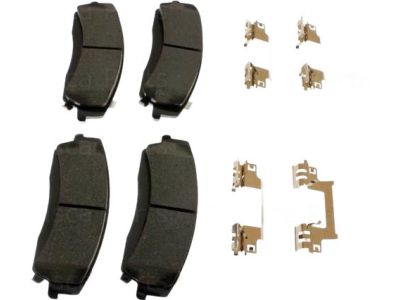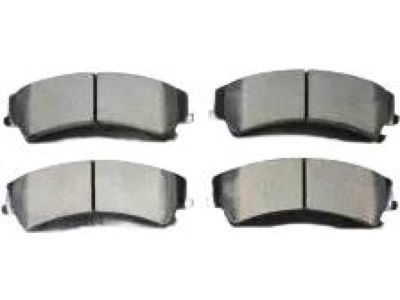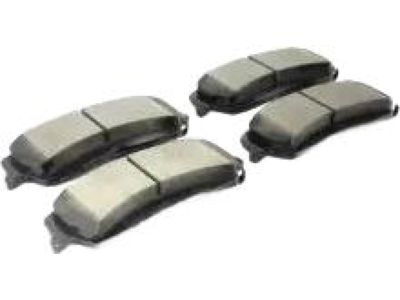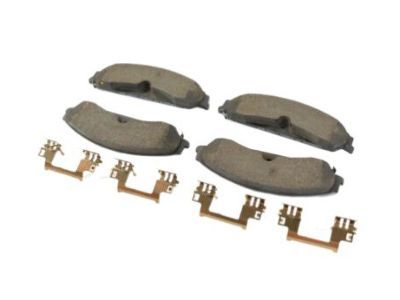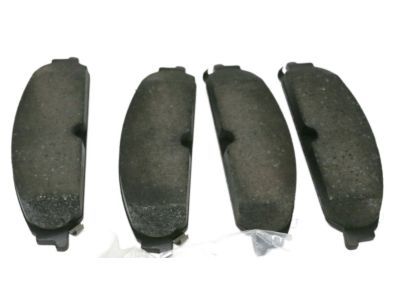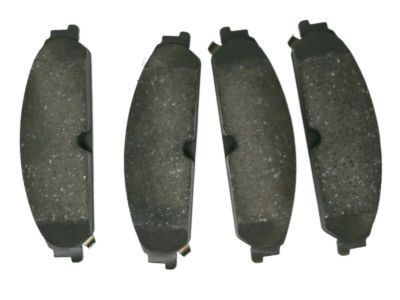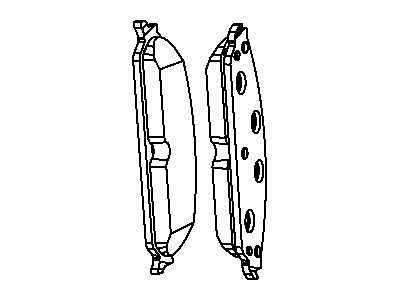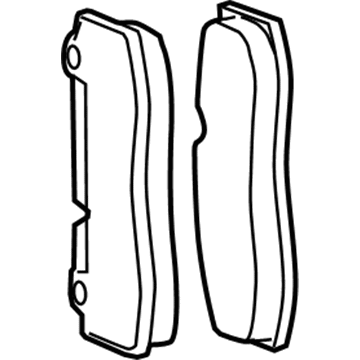
My Garage
My Account
Cart
Genuine Dodge Challenger Brake Pad
Disc Brake Pad Set- Select Vehicle by Model
- Select Vehicle by VIN
Select Vehicle by Model
orMake
Model
Year
Select Vehicle by VIN
For the most accurate results, select vehicle by your VIN (Vehicle Identification Number).
49 Brake Pads found

Dodge Challenger Front Disc Brake Pad Kit
Part Number: 68144213AA$328.93 MSRP: $492.00You Save: $163.07 (34%)
Dodge Challenger Front Disc Brake Pad Kit
Part Number: 5142558AD$95.01 MSRP: $141.00You Save: $45.99 (33%)
Dodge Challenger Front Disc Brake Pad Kit
Part Number: 68248384AC$455.35 MSRP: $721.00You Save: $265.65 (37%)
Dodge Challenger Rear Disc Brake Pad Kit
Part Number: 5142560AB$64.68 MSRP: $101.00You Save: $36.32 (36%)
Dodge Challenger Rear Disc Brake Pad Kit
Part Number: 68144223AA$160.88 MSRP: $239.00You Save: $78.12 (33%)
Dodge Challenger Pad Kit-Front Disc Brake
Part Number: 5142558AC$90.88 MSRP: $141.00You Save: $50.12 (36%)
Dodge Challenger Front Disc Brake Pad Kit
Part Number: 68248384AB$455.35 MSRP: $721.00You Save: $265.65 (37%)
Dodge Challenger Rear Disc Brake Pad Kit
Part Number: 5142561AB$65.09 MSRP: $164.00You Save: $98.91 (61%)
Dodge Challenger Front Disc Brake Pad Kit
Part Number: 5142559AA$197.40 MSRP: $296.00You Save: $98.60 (34%)

Dodge Challenger Rear Disc Brake Pad Kit
Part Number: 5142560AA$64.68 MSRP: $101.00You Save: $36.32 (36%)
Dodge Challenger Front Disc Brake Pad Kit
Part Number: 5174001AC$86.20 MSRP: $134.00You Save: $47.80 (36%)
Dodge Challenger Front Disc Brake Pad Kit
Part Number: 5142558AB$90.88 MSRP: $141.00You Save: $50.12 (36%)
Dodge Challenger Front Disc Brake Pad Kit
Part Number: 5174311AC$331.10 MSRP: $508.00You Save: $176.90 (35%)
Dodge Challenger Front Disc Brake Pad Kit
Part Number: 5174001AB$86.20 MSRP: $134.00You Save: $47.80 (36%)
Dodge Challenger Front Disc Brake Pad Kit
Part Number: 5174001AA$86.20 MSRP: $134.00You Save: $47.80 (36%)
Dodge Challenger Front Disc Brake Pad Kit
Part Number: 68147681AA$197.40 MSRP: $296.00You Save: $98.60 (34%)Dodge Challenger Front Disc Brake Pad Kit
Part Number: 5142559AB$197.40 MSRP: $296.00You Save: $98.60 (34%)Dodge Challenger FRONT DISC BRAKE
Part Number: 68504575AB$163.13 MSRP: $242.00You Save: $78.87 (33%)Dodge Challenger FRONT DISC BRAKE
Part Number: 68525329AC$568.70 MSRP: $862.00You Save: $293.30 (35%)
| Page 1 of 3 |Next >
1-20 of 49 Results
Dodge Challenger Brake Pad
Brake pads are used on Dodge Challenger automobiles as vital parts of their brake systems, the former change kinetic energy to thermal energy by rubbing on the brake rotors to slow down the vehicle. These brake pads are predominantly metallic and synthetic, they can also afford high thermal coefficiency, and can tolerate temperatures varying up to 1000 degree F. Components like the brake pads on the Dodge Challenger have changed over the years, with different types on sale to cater for various driving style. There are non- metallic, semi metallic, full metallic and ceramic pads which have their benefits in aspects of friction, wear and noise. Maintenance should then be done frequently since brake pads are known to wear out and need replacement every 50000 miles: wear indicators are usually placed to inform the drivers when it is time to replace the pads. New brake pads need to be installed most efficiently be it combination with other parts or additional hardware needed for maximum efficiency and durability.
Looking for affordable and high-quality auto parts? Then you have already arrived at the proper online shop. We offer all Dodge Challenger Brake Pad at great affordable prices. Moreover, all genuine Dodge Challenger Brake Pad come with a manufacturer's warranty. In the long run, you would realize you have saved a lot of trouble and money with OEM parts from here.
Dodge Challenger Brake Pad Parts Questions & Experts Answers
- Q: How to replace Brake Pad on Dodge Challenger?A:This procedure applies to both the front and rear disc brakes. Begin by removing the cap from the brake fluid reservoir. Loosen the wheel lug nuts, raise the vehicle, and support it securely on jackstands, blocking the wheels at the opposite end. Remove the wheels and work on one brake assembly at a time, using the assembled brake for reference if necessary. Inspect the Brake Disc carefully; if machining is necessary, remove the disc to also take out the pads. For floating calipers (non-SRT models), push the piston back into its bore using a C-clamp, ensuring the master cylinder fluid does not overflow. Follow the accompanying illustrations for the pad replacement procedure, ensuring to stay in order and read the captions. When reinstalling the caliper, tighten the mounting bolts to the specified torque, then firmly depress the brake pedal a few times to bring the pads into contact with the disc, checking the brake fluid level and operation before normal service. For fixed calipers (SRT models), wash the caliper and surrounding components with brake system cleaner, then tap the lower caliper guide pin inward and remove it, followed by the pad retainer. Drive out the upper caliper guide pin and, for 2016 and later models, remove the caliper center support bolt if equipped. Pull the inboard brake pad from the caliper, ensuring only one pad is removed at this step. Use prybars or screwdrivers to slowly push the caliper pistons into the bores, being cautious to prevent one piston from being forced out while the other is pushed in. Prepare each new brake pad with a small amount of copper-based brake paste on the edges that contact the caliper and backing plates, then position the new inboard brake pad into the caliper. Pull the inner brake pad from the caliper and repeat the piston retraction for the outer pistons. Prepare the new outer brake pad and position it into the caliper. If equipped, install the caliper center support bolt and tighten it to the specified torque. Install the upper guide pin and place the spring-steel pad retainer, then press the bottom end of the retainer and install the lower guide pin. Repeat the procedure on the opposite wheel, and after completing the job, firmly depress the brake pedal a few times to bring the new pads into contact with the disc, checking the brake fluid level and operation before normal service.
